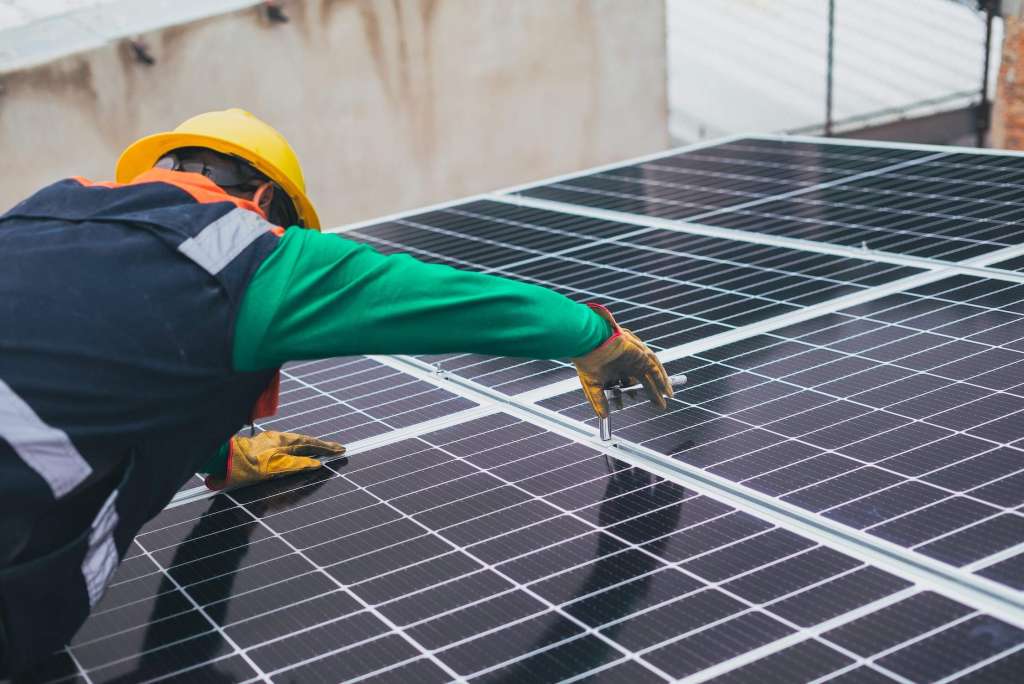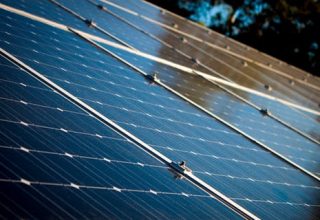The technology keeps improving, and many regions have come to appreciate the benefits of solar energy. For one, it’s free as well as requires for little maintenance, as well as it generates zero emissions.
Solar power is a pattern that has actually been quickly gaining energy, and also any person who installs solar panels in their house obtains a tax obligation debt.
Maybe you’ve been looking for a compelling reason to move forward with the solar panel installation process. If so, stop there and take the tax credit into consideration.
Keep reading to learn more about the US tax credit for solar panels.
What Is the Tax Credit for Solar Panels?
One of the easiest ways to save money while using green energy is to take advantage of the Tax Credit for Solar Panels. Any solar energy system installed in your home after 2022 is eligible for a Federal Tax Credit of up to 30%. This is known as the Investment Tax Credit (ITC). Other applicable incentives may vary by state and by the utility company, but the ITC is a great way to start saving money with solar.
How Does the Tax Credit Work?
The tax credit for solar panels is now fixed at 30% of the system’s overall cost.
For instance, the homeowner can claim a tax credit of $3,000 on their federal income taxes if the solar panel system costs $10,000.
The homeowner must have installed the solar panel system on their primary house between January 1, 2022, and December 31, 2032 in order to be eligible for the tax credit. A recognized testing lab must certify the solar panel system and it must also meet certain performance and safety requirements.
It’s critical to remember that the tax credit is not a deduction but rather a credit. This implies that instead of deducting the cost of the solar panel system from their taxable income, the homeowner can deduct the entire amount of the tax credit from the federal income taxes they owe.
Eligibility Requirements for Claiming the Solar Tax Credit
There are a few criteria that must be satisfied in order to be eligible to claim a tax credit for solar panels. Here are the requirements:
Residential Property Ownership
The taxpayer must own and live in the home where the solar panel system is situated as their primary residence. The taxpayer is not qualified for the tax credit if the property is rented or leased.
Installation Timeframe
Between January 1, 2022, and December 31, 2032, the solar panel system must have been installed.
The taxpayer is not qualified for the tax credit if the installation took place before or after this window of time.
Performance and Safety Standards
For the solar panel system to qualify for the tax credit, it must meet specific performance and safety requirements.
A recognized testing facility, such as Underwriters Laboratories (UL) or Intertek, must certify the system.
Additionally, the solar panels must be new and not previously used.
Ownership and Financing
The solar panel system must be purchased or financed by the taxpayer who owns the property. The taxpayer is not qualified for the tax credit if the system is rented.
Federal Income Tax Liability
The amount of the tax credit must be more than or equal to the taxpayer’s federal income tax due. The balance may be rolled over to upcoming tax years if the tax liability is less than the credit.
Filing IRS Form 5695
The taxpayer must submit IRS Form 5695 together with their federal income tax return in order to receive the solar tax credit.This form requires information about the solar panel system and the amount of the credit claimed.
What Costs Are Covered by the Solar Tax Credit?
The installation of a solar panel system on a residential property involves a number of expenses, all of which are covered by the solar tax rebate. The credit enables homeowners to deduct a portion of the system’s overall cost from their federal income taxes.
The following costs are eligible for the solar tax credit:
Solar Panels and Inverters
Tax credits are available for the price of the solar panels and inverters used in the solar panel installation. This covers the price of the solar energy conversion system, which consists of an inverter, mounting gear, and solar panels.
Installation Labor Costs
The tax credit is also available for labor expenses incurred during the installation of the solar panel system. This includes the cost of hiring a professional to install the system, including any necessary electrical work and roofing work.

Design and Permitting Costs
The cost of designing the solar panel system and obtaining any necessary permits are eligible for the tax credit. This includes the cost of obtaining permits from local authorities and ensuring that the solar panel system meets all building codes and safety requirements.
Battery Storage Systems
The cost of the battery is eligible for the tax credit if it is part of the solar panel system along with a battery storage system. This includes the cost of the battery itself as well as any necessary installation costs.
Calculating the Value of the Solar Tax Credit
Depending on the needs of the taxpayer, there are numerous approaches to determine the value of the solar tax credit. Typical calculation methods involve the total cost, depreciation of the installed solar panels, application of other applicable tax credits, and the applicable solar tax credit value. It is important to understand all applicable tax credits when calculating the solar tax credit value.
Invest in Solar Panels Today
The federal tax credit for solar energy systems may contribute to the United States’ transition to a cleaner, more sustainable energy future. The up-front cost of solar panel installation can be expensive, but solar owners can take advantage of the tax benefits and save on their installation. With the tax benefits available to both businesses and people, now could be a wonderful moment to switch to solar power and save money over time.
To find out more about the tax credits and how you can take advantage of them, get in touch with a local solar contractor right now.
We have plenty of informative articles available to you throughout our site. Check them out!











